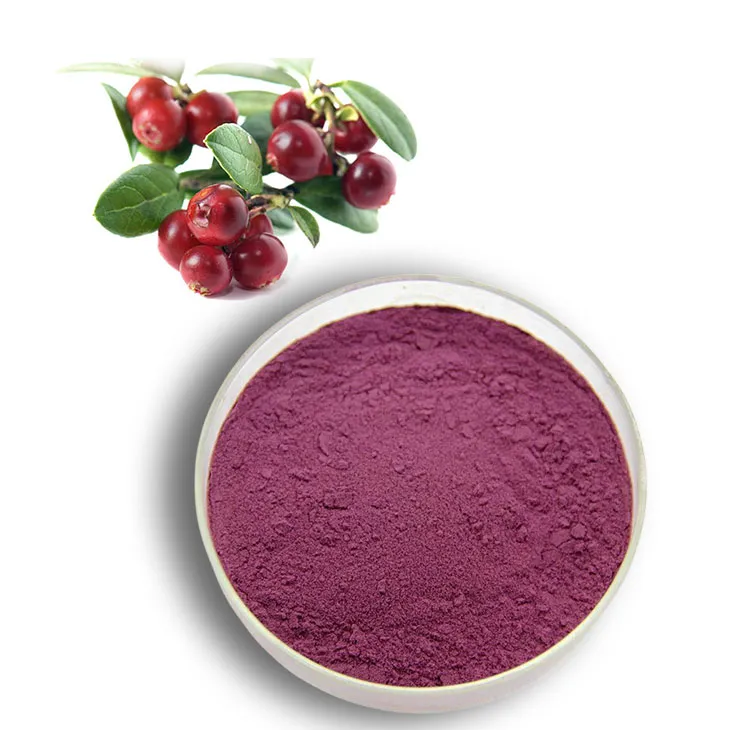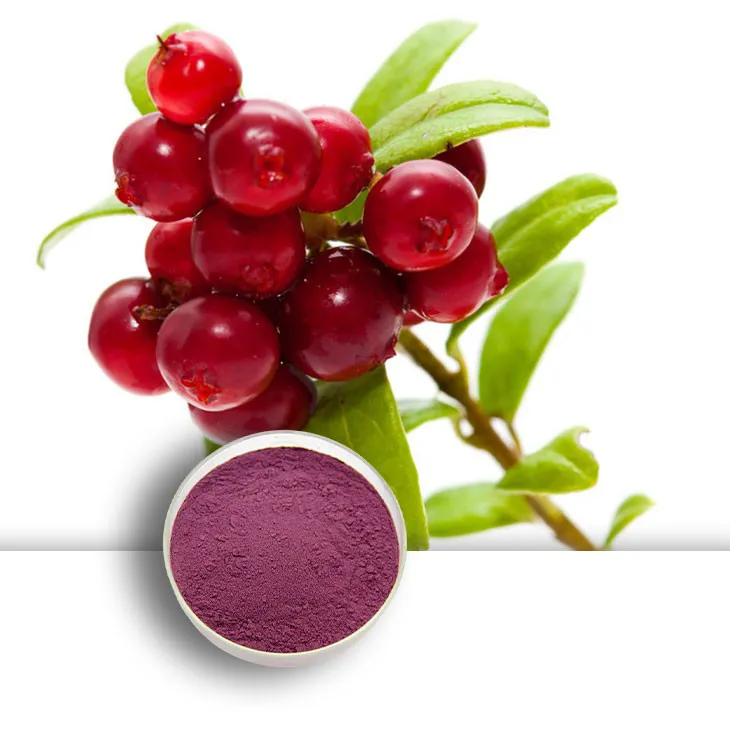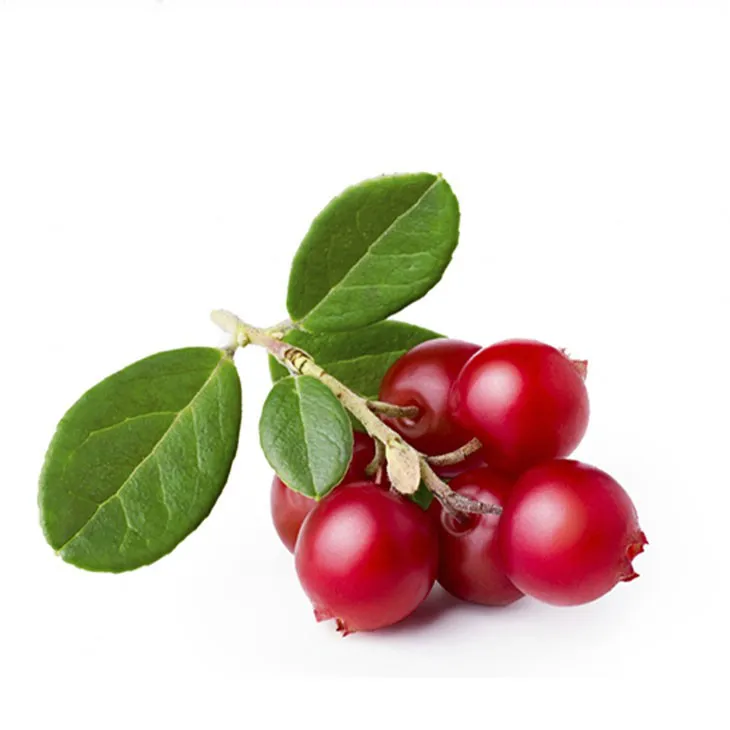- 0086-571-85302990
- sales@greenskybio.com
European bilberry extract manufacturers.
2024-11-29

Introduction
European Bilberry Extract manufacturers play a vital role in the natural products industry. These manufacturers are involved in a complex web of activities that demand a blend of scientific understanding, technological skills, and business wisdom. The bilberry, known for its numerous health benefits, has been a focus of extraction efforts in Europe for a long time. European Bilberry Extract manufacturers are at the forefront of harnessing the potential of this small but powerful berry.

Production: Balancing Tradition and Innovation
Traditional Extraction Methods
Europe has a long - standing history of using traditional methods to extract bilberry's beneficial compounds. These methods have been passed down through generations and are often based on simple yet effective techniques. For instance, maceration, a process where the bilberries are soaked in a solvent (usually alcohol or water) for an extended period, has been a common traditional extraction method. This allows the active compounds in the bilberries, such as anthocyanins, flavonoids, and tannins, to be transferred into the solvent. Another traditional method is decoction, where the bilberries are boiled in water to extract the desired compounds. These traditional methods have the advantage of being relatively simple and often use natural solvents, which can be appealing to consumers who prefer more "natural" extraction processes.
Modern Innovation in Extraction
In contrast to traditional methods, modern technology has introduced new ways of extracting Bilberry Extracts with greater efficiency and precision. Ultrasonic - Assisted Extraction is one such innovative method. Ultrasonic waves are applied during the extraction process. This has several benefits. Firstly, it can significantly enhance the extraction yield of anthocyanins, which are some of the most important and valuable compounds in bilberries. Secondly, it reduces the extraction time compared to traditional methods. This not only increases productivity but also reduces the cost of production in the long run. Another modern technique is supercritical fluid extraction, which uses a supercritical fluid (such as carbon dioxide) as the solvent. This method has the advantage of being able to extract compounds at a lower temperature, which helps to preserve the integrity of the heat - sensitive compounds in the bilberries. It also results in a cleaner extract, as the supercritical fluid can be easily removed from the final product without leaving any residue.

Supply Chain Management: Complexities and Challenges
Procurement of Fresh Bilberries
The supply chain of European bilberry extract manufacturers begins with the procurement of fresh bilberries. This is not a straightforward task as it is subject to various factors. The quality of the bilberries depends on factors such as the region where they are grown, the climate during the growing season, and the agricultural practices employed. Manufacturers often have to source bilberries from multiple regions to ensure a consistent supply throughout the year. For example, in some areas, bilberries are harvested in the summer months, while in other regions with different climates, the harvest may occur at different times. This requires careful planning and coordination to ensure that fresh bilberries are available for extraction.
Management of Intermediate Products
Once the bilberries are procured, the process of extraction results in intermediate products. These intermediate products need to be managed carefully to ensure their quality and stability. For example, during the extraction process, the extracted compounds may be in a liquid form that needs to be stored under specific conditions, such as temperature and light control. Any deviation from these conditions can lead to degradation of the compounds, which can affect the final quality of the bilberry extract. Manufacturers need to invest in proper storage facilities and quality control measures to manage these intermediate products effectively.
Final Distribution of the Extracts
The final step in the supply chain is the distribution of the bilberry extracts. This involves getting the product to various markets, both domestic and international. There are logistical challenges associated with distribution, such as transportation, customs clearance (for international markets), and ensuring the product reaches its destination in a timely and undamaged manner. Additionally, manufacturers need to comply with different regulatory requirements in different markets regarding labeling, packaging, and product claims. For example, in the European Union, there are strict regulations on the labeling of natural products, including bilberry extracts, to ensure consumer safety and accurate information.
Impact of Supply Chain Disruptions
Any disruption in the supply chain can have a significant impact on the production and availability of bilberry extracts. A poor harvest season due to adverse weather conditions can lead to a shortage of fresh bilberries, which in turn can reduce the production of extracts. Transportation issues, such as delays or damage during shipping, can also affect the supply of the final product. In addition, changes in regulatory requirements in different markets can disrupt the distribution process if manufacturers are not able to adapt quickly enough. For example, if a new labeling requirement is introduced in a major export market, manufacturers may need to halt shipments until they can update their packaging and labeling.

Product Innovation: Improving Bioavailability
Formulation for Better Absorption
Product innovation is an ongoing process for European bilberry extract manufacturers. One of the key areas of focus is improving the bioavailability of the extracts. This means making the active compounds in the bilberry extract more easily absorbed by the body. Encapsulation is a technique that is increasingly being used. In encapsulation, the bilberry extract is enclosed within a small capsule, which can protect the active compounds from degradation in the digestive system and also enhance their absorption. The capsule can be made of various materials, such as gelatin or plant - based polymers, depending on the target market and consumer preferences. Another method is nano - emulsification. This involves creating a nano - sized emulsion of the bilberry extract, which has a very small droplet size. The small droplet size increases the surface area of the extract, which can improve its solubility and absorption in the body. These innovative formulations not only enhance the effectiveness of the bilberry extract but also open up new market opportunities, as consumers are more likely to choose products that offer better absorption and therefore potentially greater health benefits.
Environmental Sustainability: Meeting Consumer Demands
Reducing Waste during Extraction
As environmental awareness among consumers grows, European bilberry extract manufacturers are under pressure to adopt sustainable practices. One aspect of this is reducing waste during the extraction process. Traditional extraction methods may generate a significant amount of waste, such as leftover plant material that is not fully utilized. Manufacturers are now looking for ways to recycle or reuse this waste. For example, some are exploring the use of the leftover bilberry pulp for other purposes, such as in the production of animal feed or as a natural fertilizer. Additionally, improving the efficiency of the extraction process itself can also reduce waste. By using modern extraction techniques like ultrasonic - assisted extraction or supercritical fluid extraction, which can achieve higher yields with less input, the amount of waste generated can be minimized.
Using Renewable Energy Sources
Another important aspect of environmental sustainability is the use of renewable energy sources in manufacturing facilities. This can include solar power, wind power, or biomass energy. By switching to renewable energy sources, manufacturers can reduce their carbon footprint and contribute to the fight against climate change. For example, installing solar panels on the rooftops of their production facilities can provide a significant amount of the energy needed for the extraction process. Some manufacturers may also choose to invest in off - grid renewable energy systems, such as small - scale wind turbines or biomass boilers, depending on their location and available resources.
Promoting Sustainable Harvesting
Finally, promoting sustainable harvesting of bilberries in the wild or on farms is crucial for the long - term viability of the industry. In the wild, sustainable harvesting practices involve ensuring that enough bilberries are left to reproduce and maintain the natural ecosystem. This may include setting limits on the amount of bilberries that can be harvested from a particular area, as well as implementing proper harvesting techniques that do not damage the plants or the surrounding environment. On farms, sustainable farming practices such as organic farming, crop rotation, and water conservation can be employed. Organic farming, in particular, can be beneficial as it reduces the use of synthetic pesticides and fertilizers, which can have a negative impact on the environment and the quality of the bilberries. By promoting sustainable harvesting, manufacturers can not only ensure a continuous supply of high - quality bilberries but also meet the growing consumer demand for environmentally - friendly products.
FAQ:
What are the main challenges for European bilberry extract manufacturers in production?
One of the main challenges is to balance between traditional extraction methods and modern innovation. Traditional methods have a long history in Europe but modern technology like ultrasonic - assisted extraction offers better efficiency and precision. Another challenge could be ensuring a consistent supply of high - quality bilberries for extraction, as factors such as harvest seasons and transportation can disrupt the supply chain and impact production.
How do European bilberry extract manufacturers manage their supply chain?
The supply chain management is complex. It includes procuring fresh bilberries, managing intermediate products and distributing the final extracts. Manufacturers need to be vigilant about any potential disruptions in the supply chain, such as those caused by poor harvests or transportation problems, and have contingency plans in place to minimize the impact on production and availability.
What is the importance of product innovation for European bilberry extract manufacturers?
Product innovation is crucial as it helps to improve the bioavailability of bilberry extracts. By formulating the extracts in different ways, like encapsulation or nano - emulsification, manufacturers can make the active compounds more easily absorbed by the body. This in turn can enhance the effectiveness of the product and meet the evolving needs of consumers.
How are European bilberry extract manufacturers addressing environmental sustainability?
Manufacturers are taking several steps to address environmental sustainability. They are reducing waste during the extraction process, using renewable energy sources in their facilities and promoting sustainable harvesting of bilberries in the wild or on farms. These efforts are in response to the growing environmental consciousness among consumers.
What role does scientific knowledge play in the operations of European bilberry extract manufacturers?
Scientific knowledge is fundamental in various aspects of their operations. It is required for understanding the extraction process to obtain the beneficial compounds from bilberries effectively. Knowledge of chemistry and biology helps in developing new extraction methods and product formulations to improve bioavailability. Also, scientific research can guide sustainable practices in the supply chain and production processes.
Related literature
- The Production and Benefits of Bilberry Extract in Europe"
- "European Bilberry Extract: Manufacturing and Sustainability"
- "Innovations in European Bilberry Extract Production"
- ▶ Hesperidin
- ▶ citrus bioflavonoids
- ▶ plant extract
- ▶ lycopene
- ▶ Diosmin
- ▶ Grape seed extract
- ▶ Sea buckthorn Juice Powder
- ▶ Beetroot powder
- ▶ Hops Extract
- ▶ Artichoke Extract
- ▶ Reishi mushroom extract
- ▶ Astaxanthin
- ▶ Green Tea Extract
- ▶ Curcumin Extract
- ▶ Horse Chestnut Extract
- ▶ Other Problems
- ▶ Boswellia Serrata Extract
- ▶ Resveratrol Extract
- ▶ Marigold Extract
- ▶ Grape Leaf Extract
- ▶ blog3
- ▶ blog4
-
Standard - process Coenzyme Q10.
2024-11-29
-
Bulk purchase of pomegranate extract.
2024-11-29
-
Extraction process of bilberry extract.
2024-11-29
-
Manufacturers of Euphrasia Extract.
2024-11-29
-
Chinese peppermint oil powder factories.
2024-11-29
-
The best green tea extract on the market.
2024-11-29
-
Pine bark Extract Powder
2024-11-29
-
Milk Thistle Extract
2024-11-29
-
Passionflower Extract
2024-11-29
-
Green Tea Extract
2024-11-29
-
Astaxanthin
2024-11-29
-
Elderberry Extract
2024-11-29
-
Purple Sweet Potato Extract
2024-11-29
-
Curcumin Extract
2024-11-29
-
Acai Berry Extract
2024-11-29
-
Panax Ginseng Leaf Extract
2024-11-29





















